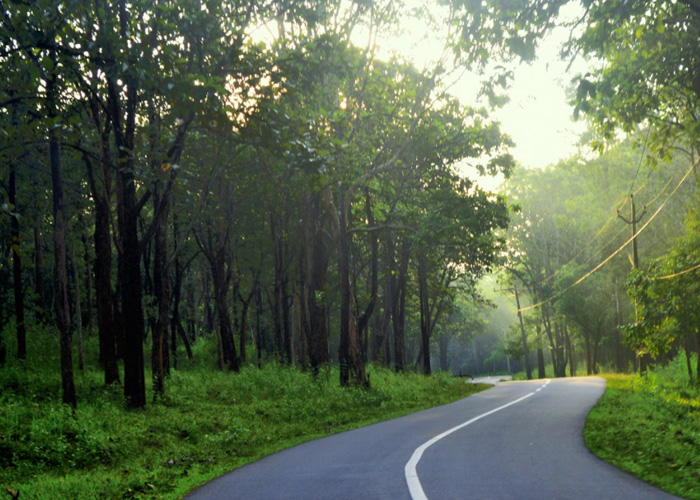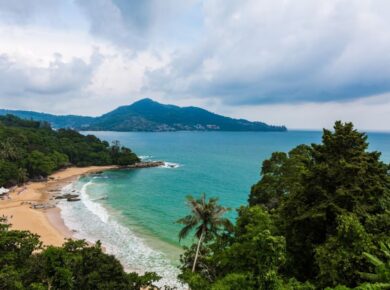Experience Wayanad – Wildlife, Rock and Cuisine
It’s early morning; you open your eyes to a misty river flowing down a hilly valley. You doze off again. Slowly, through the fog of lucid dreams you realize, there is no river. It is only the mist; thick, heavy, in-motion. Soft, cushiony wallops of clouds in a chug-chug train… This massive river of mist is cascading down in between skyscraping peaks. The sun rises up behind these hills and starts to illuminate the undulating landscape. Wayanad is green!
Wildlife
Thick forests, massive tea plantations, wildlife sanctuaries, lakes, streams, dam reservoirs, all make this a perfect setting for nature to flourish. The wildlife is exotic; the farms are overflowing with life, plant and animal. The Muthanga and Tholpetty sanctuaries are brilliant places to spot Wild Elephants, and the BandipurTiger Reserve isn’t far away either.

Water
Kuruva Island (Kuruvadweep) is a 950 acre protected piece of delta on the Kabini River. It is home to some exotic species of butterflies, birds and flora. Accessible only by boat, you can rent out a bamboo raft or canoes to drift amongst the miniature archipelago.
Pookode Lake is a relatively touristy attraction which is roughly takes on the shape of India on a map. We recommend the glittering showers of Soochipara Waterfall for the hot afternoon and the enchanting pirate* islands of Banasura Reservoir for the orange and pink sunset.
Rock

Edakkal Caves is a cleft formed by an enormous rock splitting from away from the main body. Inside are pictorial writings and Stone-age carvings believed to date to 6000 BCE. Archaeological evidence indicates this place was inhabited several times through history. The youngest of the petroglyphs have possible connections to the Indus Valley civilization.
Homestays
You can derive the most out of this place by residing at the numerous home-stays and farm-stays. These are usually scattered around the various little towns and villages that dot the Wayanad region. The many advantages are of local knowledge; dedicated service (they usually do pick-up and drops even as far away as Kozhikode; they’ll drive you around all the must-see spots in the area); delectable home-prepared cuisine and personal advice on what to do, see, eat and shop.

Cuisine
Locally grown fresh fruits, various forms of plantain, fish from the streams and beef form the staple diet. ‘Kappa’, as the local tapioca root is called often replaces the rice and nauseatingly-common-potato in the carbs section of the diet. The famous and widely cultivated Kerala peppers are used frequently but skillfully.
Puttu is a breakfast dish where rice powder and coconut are steamed together in a bamboo holder and eaten with mashed banana.Appam is a soft pancake made from toddy-fermented rice batter, with a soft spongy centre and crispy edges, also eaten with a coconut-mellowed stew.
The spiced Wayanad coffee is a definite souvenir.
(*not literally ‘Pirate’! But they reminded me of the Caribbean tales of pirates…)
Looking to travel and experience the culture, food, nature or soak in adventure, explore curated Journeys with UnCrushedLeaves now.




